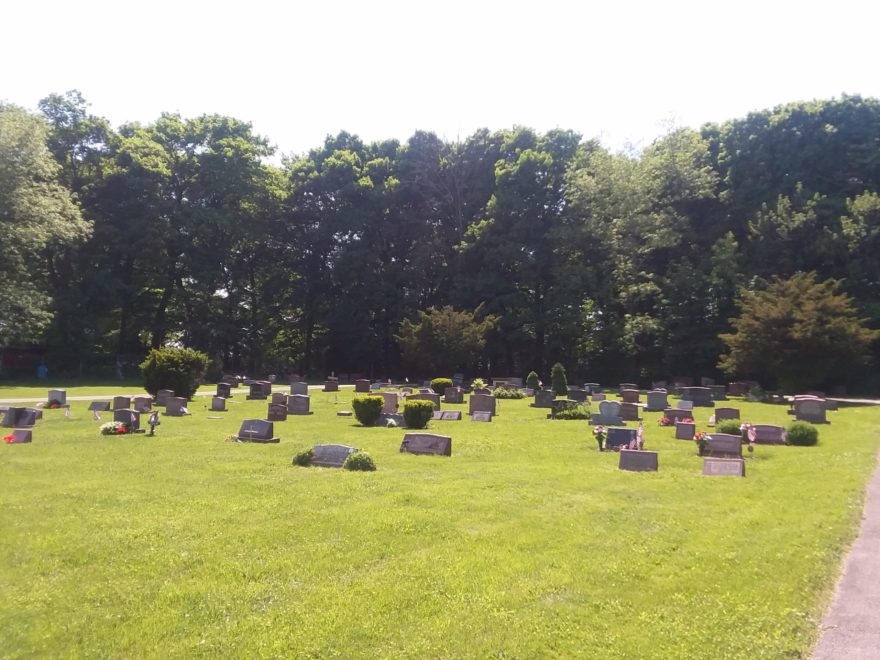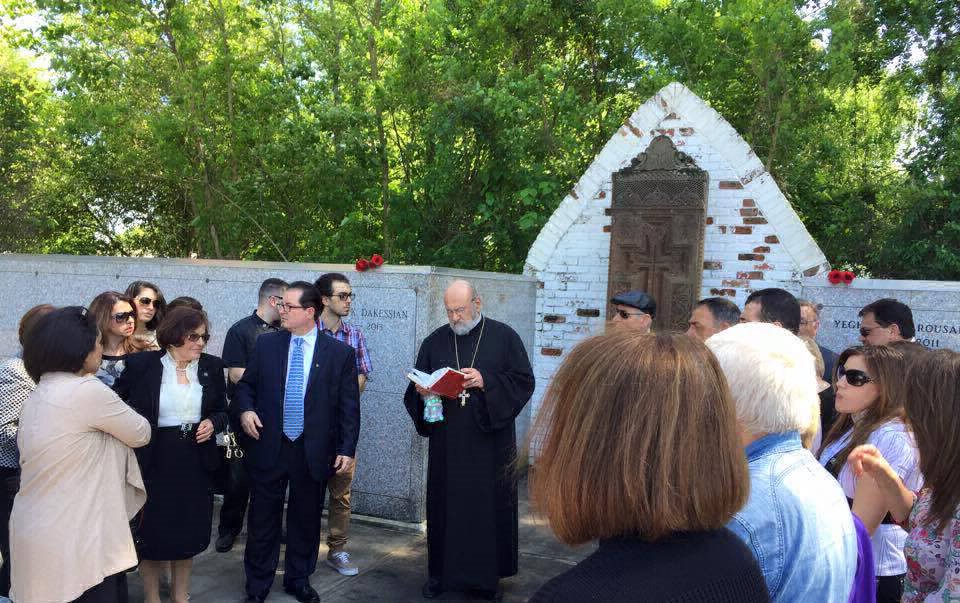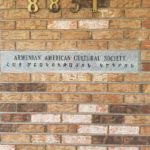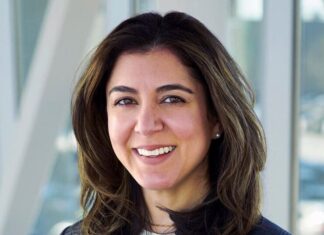FRESNO — While Armenians sometimes are buried in Armenian sections of American cemeteries or in general cemetery sections, there are also four Armenian-owned cemeteries scattered in different parts of the United States. The COVID-19 pandemic has affected their operations just like that of other cemeteries, though none are located in the worst hotspots of the country. The largest Armenian cemetery is also the one that has been the most impacted.
Fresno’s Ararat Armenian Cemetery Association
Fresno has the oldest and largest Armenian cemetery in the United States. While it is run by one organization, the Ararat Armenian Cemetery Association, it has two parts with different names stretching over an expanse of approximately 16 acres. The Ararat Armenian Cemetery was started in 1885. Over the years more land was purchased, and in 1969 a nearby 10-acre plot was turned into the Masis Ararat Armenian cemetery.

Among its most famous tombs are that of writer William Saroyan (containing half his ashes) and of Armenian avenger Soghomon Tehlirian, who assassinated Young Turk leader Talat Pasha, an organizer of the Armenian Genocide. General Antranig Ozanian was buried there in 1927, though his remains later were transferred first to Paris and then to Yerevan. There is also an Armenian Genocide monument erected in 1968 with remains of an unknown martyr brought from the deserts of Der Zor in 1930 by Rev. Manasseh G. Papazian.
Executive Director and Administrator Sheri Manning-Cartwright stated that there are around 16,000 burials between the two cemeteries, and approximately 4,000 vacant spaces yet to be used. Annually there are between 80 and 100 burials conducted, of which a third take place in the old original part of the cemetery, and the rest in the newer Masis section.
She explained that to be buried in the two cemeteries, you must either be of Armenian descent or married to someone who is. The older section has been sold out since the 1950s so burials there are from families who have owned graves there for several generations but have not used them all yet.


















